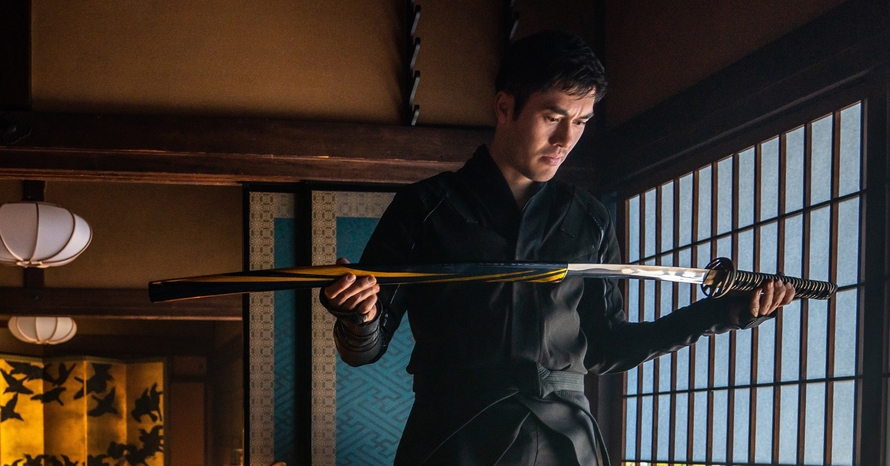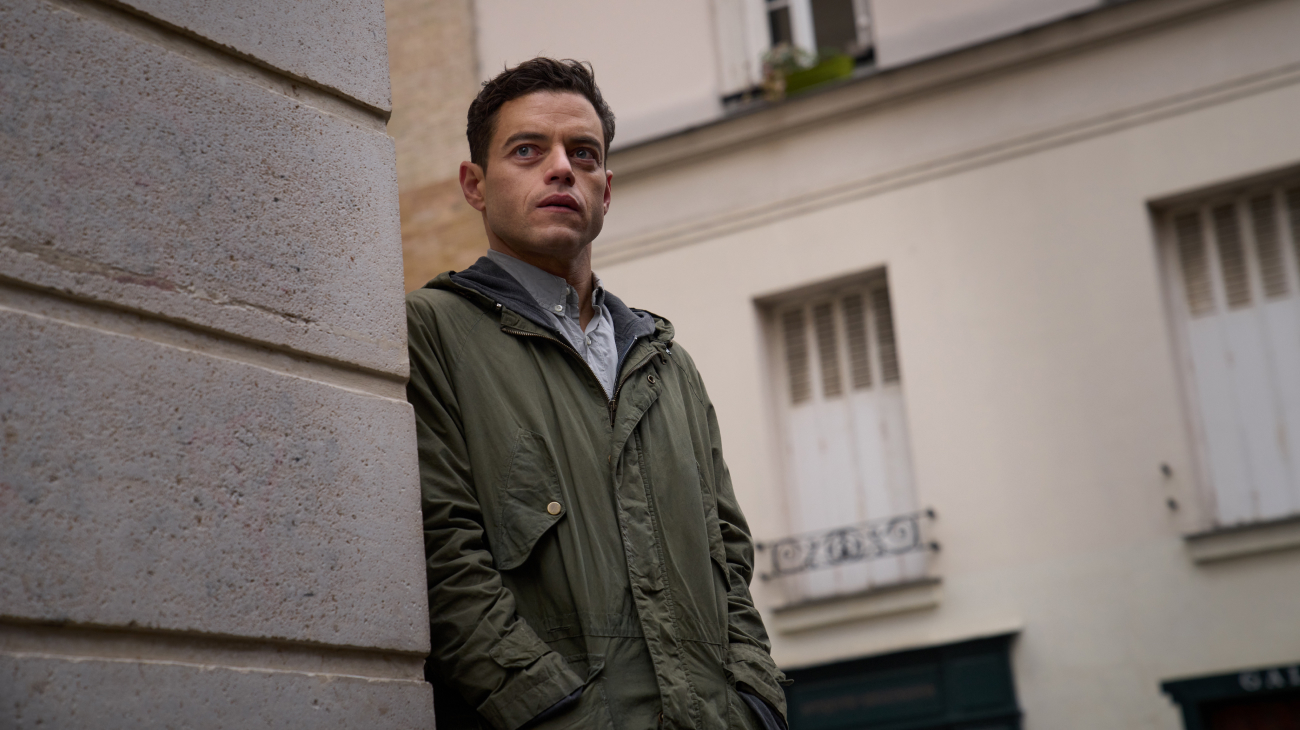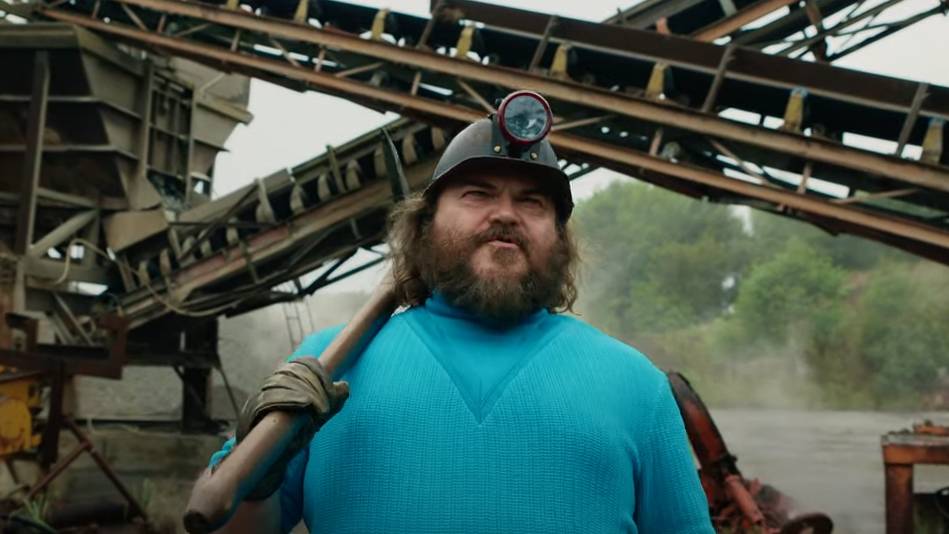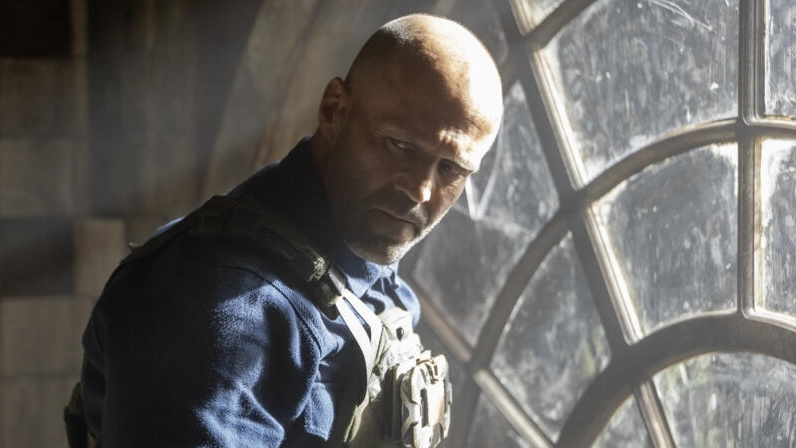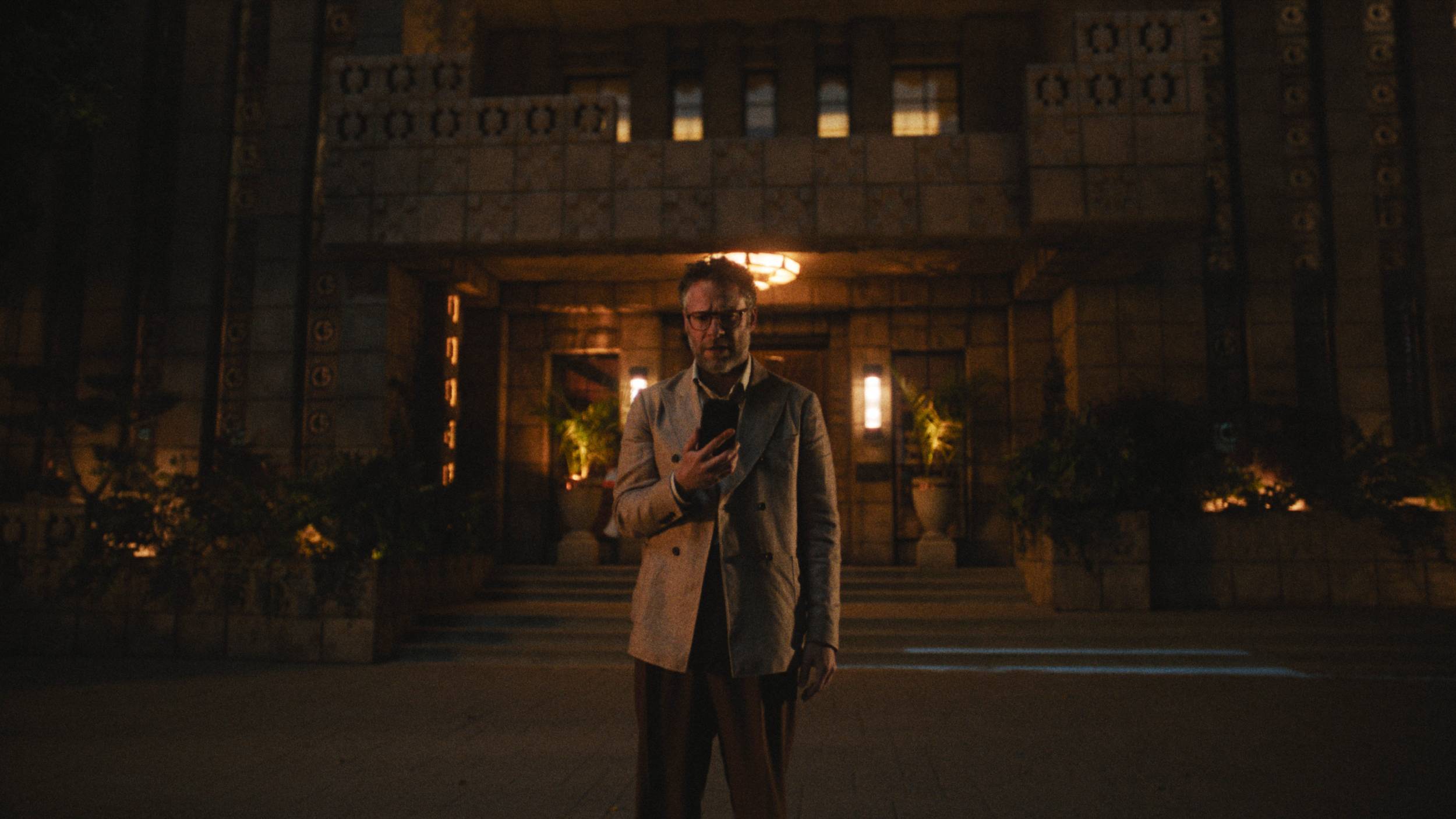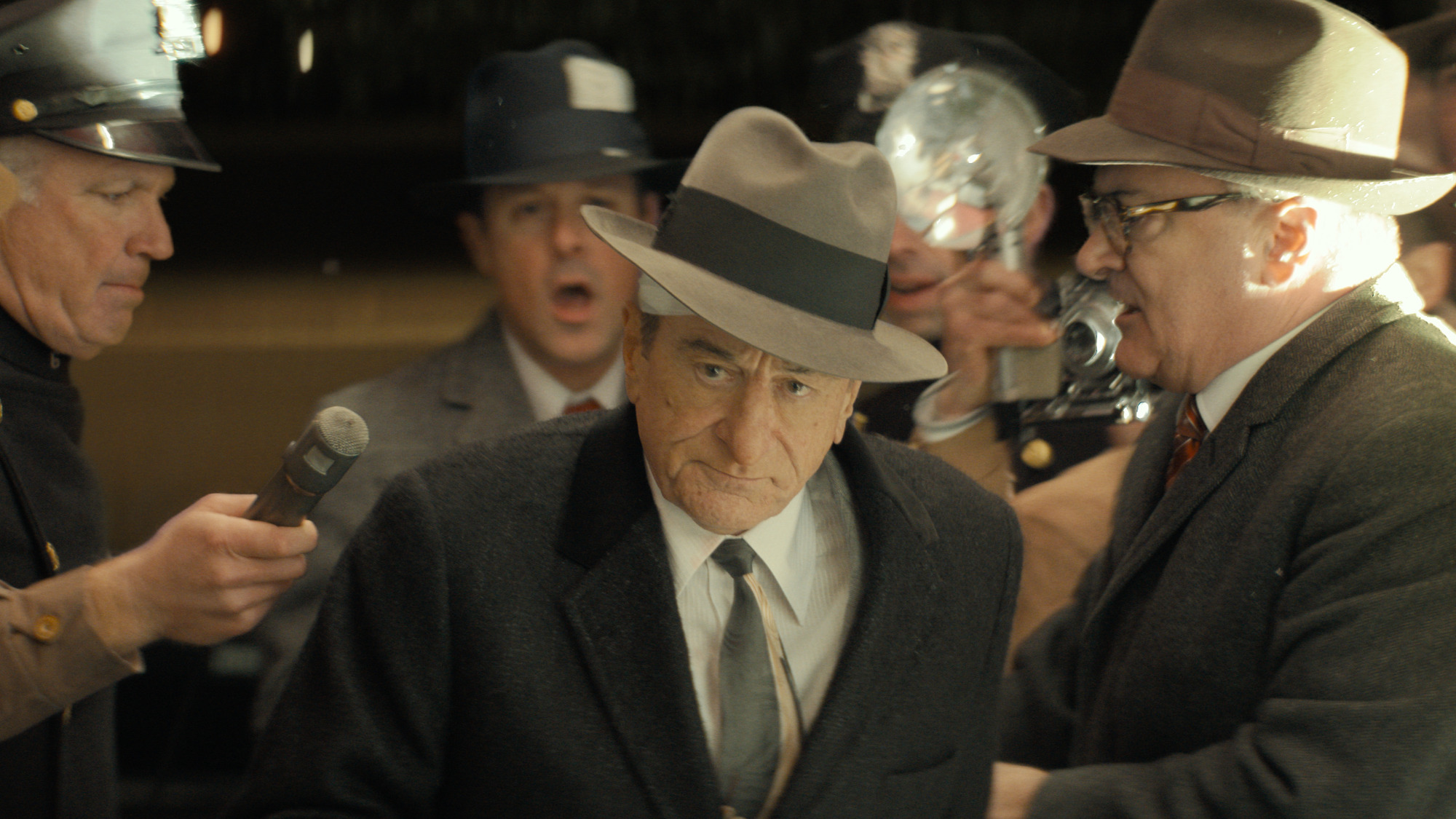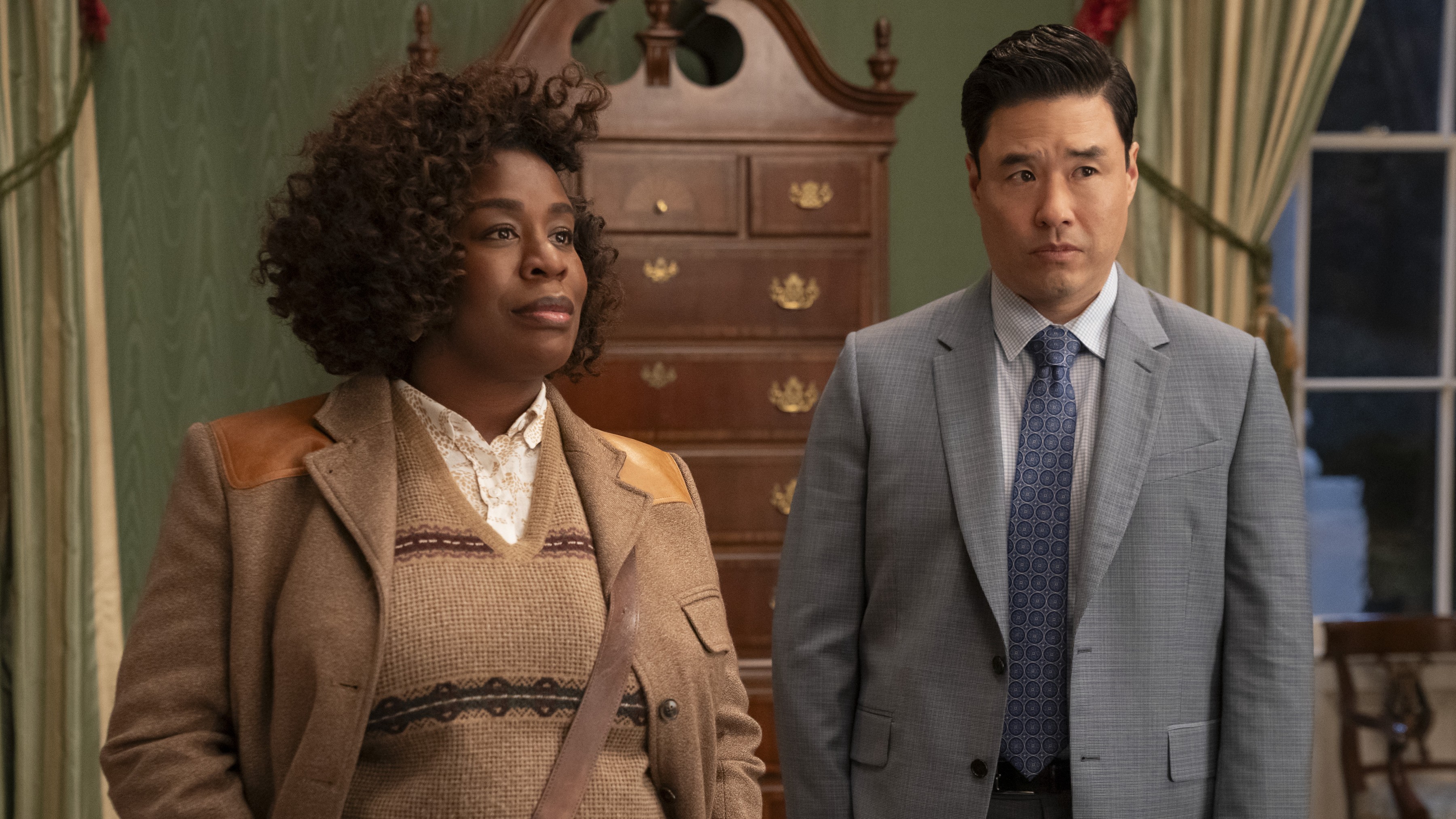What to Watch Verdict
Let's just say the 'Origins' subtitle is looking pretty optimistic.
Pros
- +
💥 The neon production design of Tokyo is pretty.
- +
💥 The motorcycle chase does its job.
Cons
- -
💥 These characters are flat exposition machines.
- -
💥 The tone is self-serious to the point of deflation.
- -
💥 The cinematography and editing atrociously obscure the action.
If we must live in a reality where every modern blockbuster is hogtied by pre-existing intellectual property and nostalgic appeals to the 1980s and ‘90s, then there’s hope to be found in projects like Snake Eyes: G.I. Joe Origins. The cultural cache of G.I. Joe is not exactly what it once was, so the idea of spinning off from the flagship property to focus on one of its more conceptually interesting characters isn’t a bad one, especially if doing so allows the filmmakers to riff on a genre that doesn’t otherwise get much play at this scale of production. Seeing a Hollywood budget put in service of a ninja revenge story should be cause for awe and excitement, a smuggling of action spectacle into a recognizable name brand so that enough butts get into theater seats to make more. Unfortunately, that version of Snake Eyes will have to continue to exist in our collective hopes and dreams, because Paramount seems to want nothing more than for G.I. Joe to be their own Marvel Cinematic Universe, and the formula just ain’t working for them.
The plot, such as it is, finds Snake Eyes (Henry Golding, completely smothering his natural charisma) on a quest to avenge the murder of his father, a lifelong pursuit that has led him to hone his fighting skills in underground fighting rings. Whilst working his day job in a yakuza warehouse smuggling guns in fish carcasses, he betrays the yakuza to save discovered spy Tommy (Andrew Koji), who just so happens to be the heir to the Arashikage ninja clan. (“Why the clan would send its sole heir to act as a spy in a dangerous locale is a detail best left unexplored,” said one of the screenwriters, probably.) Tommy whisks Snake away to Japan to be folded into the Arashikage ranks, much to the chagrin of security chief Akiko (Haruka Abe). However, Snake has ulterior motives that may place the clan at risk, bringing into question just how far he will go for the sake of revenge.
While this is a solid, if somewhat predictable premise for a story of ninja trials and tribulations, Snake Eyes seems to have entirely forgotten that audiences respond much more strongly to characters and personality than exposition and brand recognition. Almost all dialogue is in the service of plot utility at the expense of giving dimension to its cast, with characters expositing motivation rather than demonstrating it or developing it naturally. The plot chugs along with all the shallow pulpiness of its cartoon origins, but it’s presented so humorlessly that the audience is incapable of finding the fun vicariously through the performances. A powerful McGuffin drives the third act like a bargain bin Infinity Stone. The idea of COBRA, a terrorist organization that wants revolution without any underlying ideology, is presented so straight-faced that it's insulting to the intelligence, and Samara Weaving’s talents are wasted as a character who seems to be little more than G.I. Joe’s hopeful Nick Fury analog.
Speaking of wasted talents, any film with the gall to hire Iko Uwais for a supporting role – known only as Hard Master, and yes, there's an erection joke – only to cut away from his major fight scene belongs in movie jail. Not that Uwais’ abilities would be done justice by the cinematography and editing, as both are atrocious for how they obscure the fight choreography rather than enhance it. The choice to shoot action scenes with a handheld camera reduces frenetic action to a series of blurs that are too close up to decipher clear arcs of motion, and the editing prioritizes reaction shots over observing punches, kicks, and sword swings fully to their completion. It never gets so bad that you can’t actually tell who is doing what or where, but the effect is less exciting than numbing, a series of flashing lights and landed blows that have no impact because the film doesn’t understand the appeal of a well-landed hit.
Snake Eyes isn’t totally devoid of appeal. The neon-drenched production design of its Tokyo alleyway setpiece is sufficiently moody, and its motorcycle chase scene is fun if only because it cribs inspiration from John Wick: Chapter 3 and The Villainess. But the biggest problem with Snake Eyes is that it’s just plain boring. It so desperately wants to be the ninja Marvel movie that it fails to understand what draws people to either martial arts or Marvel films. While ostensibly watchable, it's entirely forgettable, a wall of noise and motion that would only be convincingly entertaining as background noise, since at least then you could fill in the gaps with the more interesting version in your imagination.
Leigh Monson has been a professional film critic and writer for six years, with bylines at Birth.Movies.Death., SlashFilm and Polygon. Attorney by day, cinephile by night and delicious snack by mid-afternoon, Leigh loves queer cinema and deconstructing genre tropes. If you like insights into recent films and love stupid puns, you can follow them on Twitter.
